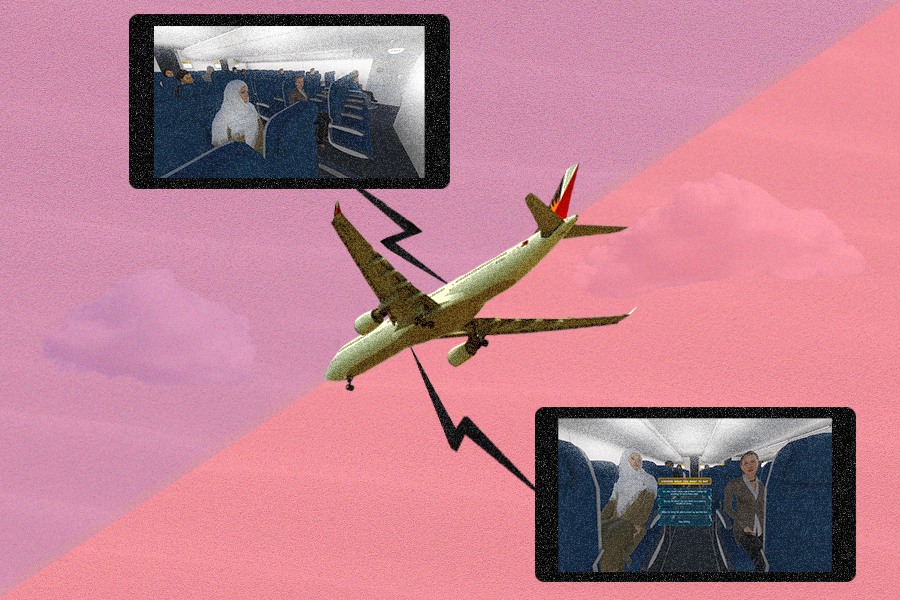
Bias and Discrimination in Virtual Reality
Artificial Intelligence, or AI, is now a big part of our everyday life. It helps choose what we see when we shop online and who gets hired for jobs. As we learn more about what AI can do, we’re starting to worry it might not always be fair. It might even treat people differently on purpose. This article ‘Bias and Discrimination in Virtual Reality ‘ will try to show how AI is linked to unfairness and bias by looking at it in a new way – through virtual reality games.
Unravelling the Complex Web
AI systems learn from data. But if the data has biases, the AI can make these biases worse. Biases can be about gender, race, or how much money someone has. They can make things unfair. Finding and fixing these biases is hard and has many parts.
The Power of Bias and Discrimination in Virtual Reality
Virtual reality (VR) has emerged as a powerful tool for understanding and experiencing complex scenarios. By immersing individuals in simulated environments, VR allows us to observe and analyze human behavior in a controlled setting. This presents a unique opportunity to explore bias and discrimination in ways that traditional methods fall short.
Step Into the Virtual World
Imagine stepping into a virtual world where you assume different identities – genders, ethnicities, and socioeconomic backgrounds. Through VR simulations, individuals can experience the world from perspectives other than their own. This immersive experience provides a firsthand encounter with bias and discrimination, fostering empathy and understanding.
Unveiling Subconscious Biases
We can use VR games to see how AI picks things in a way that is not fair. People wear headsets to see fake life situations where AI choices have real effects. Like when a computer helps decide who gets a job or a bank loan. These games show how AI can be less fair without meaning to. This makes people see that we must make AI better and more fair.
Educational Initiatives
One of the key advantages of using VR to explore bias is its potential as an educational tool. Institutions and organizations can leverage VR simulations to raise awareness about bias and discrimination. By immersing individuals in scenarios that challenge preconceived notions, we can foster a more inclusive and understanding society.
Challenges and Opportunities
While VR simulations offer a promising avenue for exploring bias, Tools to Empower Decision Making in AI Model challenges exist. Designing realistic and unbiased virtual scenarios requires careful consideration. Moreover, ensuring that the experiences are diverse and representative of various perspectives is crucial to the effectiveness of these simulations. As technology advances, the opportunities for refining VR simulations to tackle bias in AI continue to grow.
A Call for Ethical AI Development
As we navigate the intricate relationship between AI, bias, and discrimination, it becomes evident that ethical considerations must be at the forefront of AI development. Developers, researchers, and policymakers must collaborate to establish guidelines that priorities fairness and inclusivity. VR simulations serve as a catalyst for discussions on ethical AI, urging us to bridge the gap between technological innovation and social responsibility.
Tackling Bias in AI Head-On
AI keeps changing, and we always need to watch out for biases. We learn a lot when we try things in virtual reality (VR). This helps us make better AI. We try to include different points of view when we make and test AI. This helps us build AI that is fair, clear to understand, and that we can trust.
Conclusion
The exploration of bias and discrimination through virtual reality simulation offers a nuanced understanding of the challenges posed by AI. The immersive nature of VR allows us to step into the shoes of others and witness the impact of biased algorithms firsthand. As we grapple with the complexities of AI, it is imperative to use innovative approaches like VR to unravel the layers of bias and discrimination. By doing so, we move closer to a future where AI is a force for good, free from the shadows of unjust prejudices. In this journey, “Exploring Bias and Discrimination Through Virtual Reality Simulation” serves as a guiding beacon, reminding us of the crucial intersection between technology and humanity